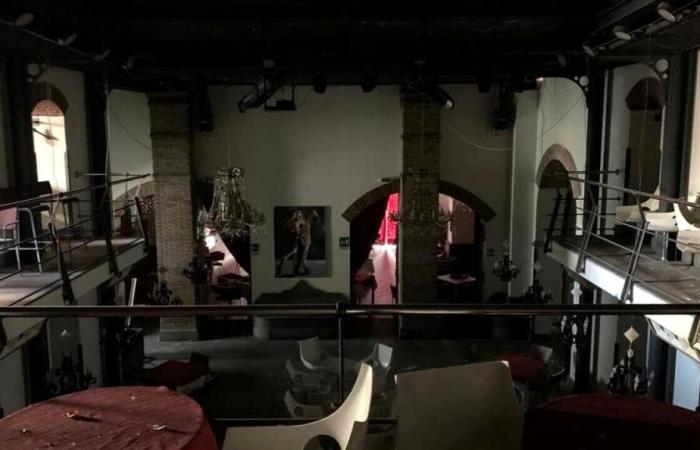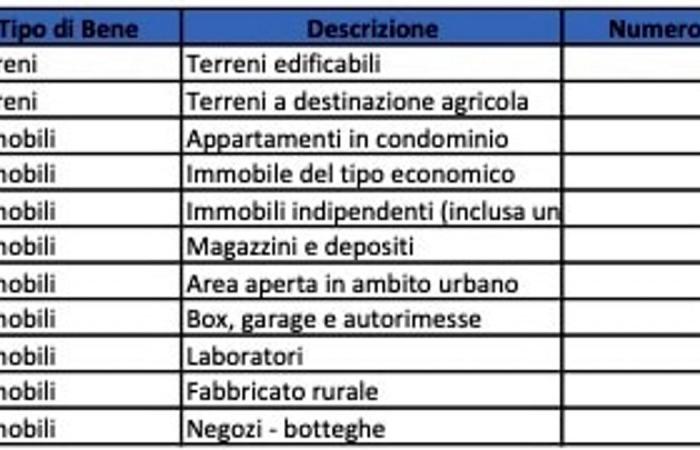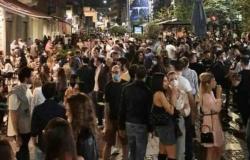Breaking the link between owned assets and mafia groups, weakening their economic power and clearly delineating the boundary between the legal and illegal economy. This was the principle behind the Rognoni-La Torre law on assets confiscated from the mafia, introduced in September 1982. Pio La Torre, promoter of the law, perfectly grasped the essence of the problem: targeting the mafia’s assets was the only way effective in combating the mafia phenomenon.
Along this path, the municipality of Catania is taking significant steps in the management of assets confiscated from organized crime. Steps illustrated and discussed in the conference entitled “The management of confiscated assets in local authorities. The importance of the new regulation of the Municipality of Catania”. The event held in an emblematic site of the fight against crime, the former “Empire” nightclub in via Zolfatai, tells how a place can be transformed from a symbol of mafia power to a symbol of legality and rebirth.
The Empire case
It was 15 October 2015 when the place in via Zolfatai was confiscated as part of the investigations following the arrest of Nuccio Ieni, mafia boss of the Pillera-Puntina clan, which took place during the Atlantide operation in May 2006. The place was formally registered to Domenico Di Bella, owner of the restaurant and the company that managed it. But according to what emerged from the investigations directed by the Catania Prosecutor’s Office, Di Bella was the figurehead behind whom Ieni’s interests were hidden.
Just five days earlier, on 10 October, the Empire had been the protagonist together with the municipality of Catania of the “Artists’ Route” initiative. A collaboration which triggered, in light of what happened afterwards, a whirlwind of controversy with the protagonists being the former mayor Enzo Bianco and the councilor for culture, Orazio Licandro, portrayed in a photo at the time of the inauguration together with Di Bella.
In August 2022, by decree of the National Agency for seized and confiscated assets, the property in via Zolfatai became the property of the municipality of Catania, “to be used for social/institutional purposes”. In the transfer decree with which the national agency transferred the property, its use as a “House of Music” is indicatively indicated, but it is still awaiting assignment today. Not an easy job, like many assets confiscated awaiting their fate.
The public and social reuse of confiscated assets
As is known, in the path towards public and social reuse and the full valorisation of confiscated assets, local authorities have a crucial role and a very delicate function. It is they, in synergy with the social realities that operate in the reference context, who have to imagine, starting from the concrete needs of the territory and the demand for legality that it expresses, adequate ideas for reuse, to then design and implement them, managing in particular the phase of assignment to the third sector.
These are complex mechanisms, on which some critical issues still weigh and which often see local authorities – and in particular municipalities – in evident difficulty faced with the lack of adequate resources and skills.
“What must not escape us is the symbolic aspect of the social and institutional reuse of confiscated assets – underlines Bruno Corda, director of Absc – The main problem in management is not economic, but planning. The municipalities, especially the smaller ones, they are aware that they cannot do it alone. This is why the regions are the ones who can best support the municipalities in managing the property confiscated from the mafia”.
The map of confiscated assets
The National Agency for the administration and destination of assets seized and confiscated from organized crime (Anbsc) has transferred a significant number of assets to the municipal administration of Catania. To date, the Municipality has acquired 154 assets, divided into 37 lands and 117 properties. “Of these 154 properties, 63 are very small apartments located inside condominiums – explains branch councilor Viviana Lombardo – It is often not easy to free them, as in some cases the family members of the people from whom they were taken away are present , but above all even after they have been cleared away they are vandalized and therefore the great difficulty for the municipality of Catania is to proceed with their recovery”.
To encourage the return to the community of assets in poor maintenance conditions, the municipality has requested funding as part of the Pnrr – Mission 5 Inclusion and Cohesion, Component 3 – Special interventions for territorial cohesion. Six projects were approved with significant overall funding. Among these, a property located in via Monte S. Agata 6 stands out, which will become the headquarters of the Confiscated Assets Office of Catania, guaranteeing a further point of fundamental reference in addition to those already present in Western Sicily functional to the valorisation of assets confiscated from the mafias, through the collection, analysis of data and monitoring of the assets themselves. “Work has already begun – explains Lombardo – For the first time here in Catania there will be a desk dedicated to confiscated assets. And precisely to demonstrate the attention that this Administration has for the issue, not only will we set up this desk, but recently, in the organic plan with which the macrostructure of the Municipality was modified, an organizational position was designated, therefore a manager, who will deal with assets confiscated from the mafia”.
Furthermore, the Municipality has recently acquired further properties intended for various social and institutional purposes, located in via Pozzo Mulino 100, via Testai 3-4-5, via Zia Lisa 196, via Riccardo da Lentini, via Sosio 24 and via Arduino 10.
What must not escape us is the symbolic aspect of the social and institutional reuse of confiscated assets
Bruno Corda, Absc director
The new regulation after ten years
Since last March 26, with the aim of streamlining the management, assignment, and above all monitoring and control procedures, in terms of assets confiscated from the mafia, there has been a new management regulation, carried out by councilor Lombardo and approved unanimously by the council Municipal. The new legislation repealed the previous one, dating back to 2014.
Among the salient points are the register of confiscated assets, a help desk for users, the creation of a permanent observatory, the guidelines for the destination of confiscated assets, the direct use for institutional and social purposes, the assignment to companies subsidiaries, instrumental bodies and special companies for institutional purposes, use for housing purposes and concession to third parties for institutional and social purposes.
The regulation, already drafted in the previous council meeting, was drawn up in accordance with the provisions of the law, which establish that real estate confiscated from organized crime can be transferred as a priority to the assets of the municipality in which they are located, for institutional or social purposes. Municipalities can manage these assets directly or assign them in free concession, respecting the principles of transparency, adequate publicity and equal treatment. Possible beneficiaries include communities, bodies, associations, voluntary organisations, social cooperatives, therapeutic communities and recovery centers for drug addicts, as well as recognized environmental protection associations.
Cataniatoday is also on Whatsapp. Click here to follow our channel






